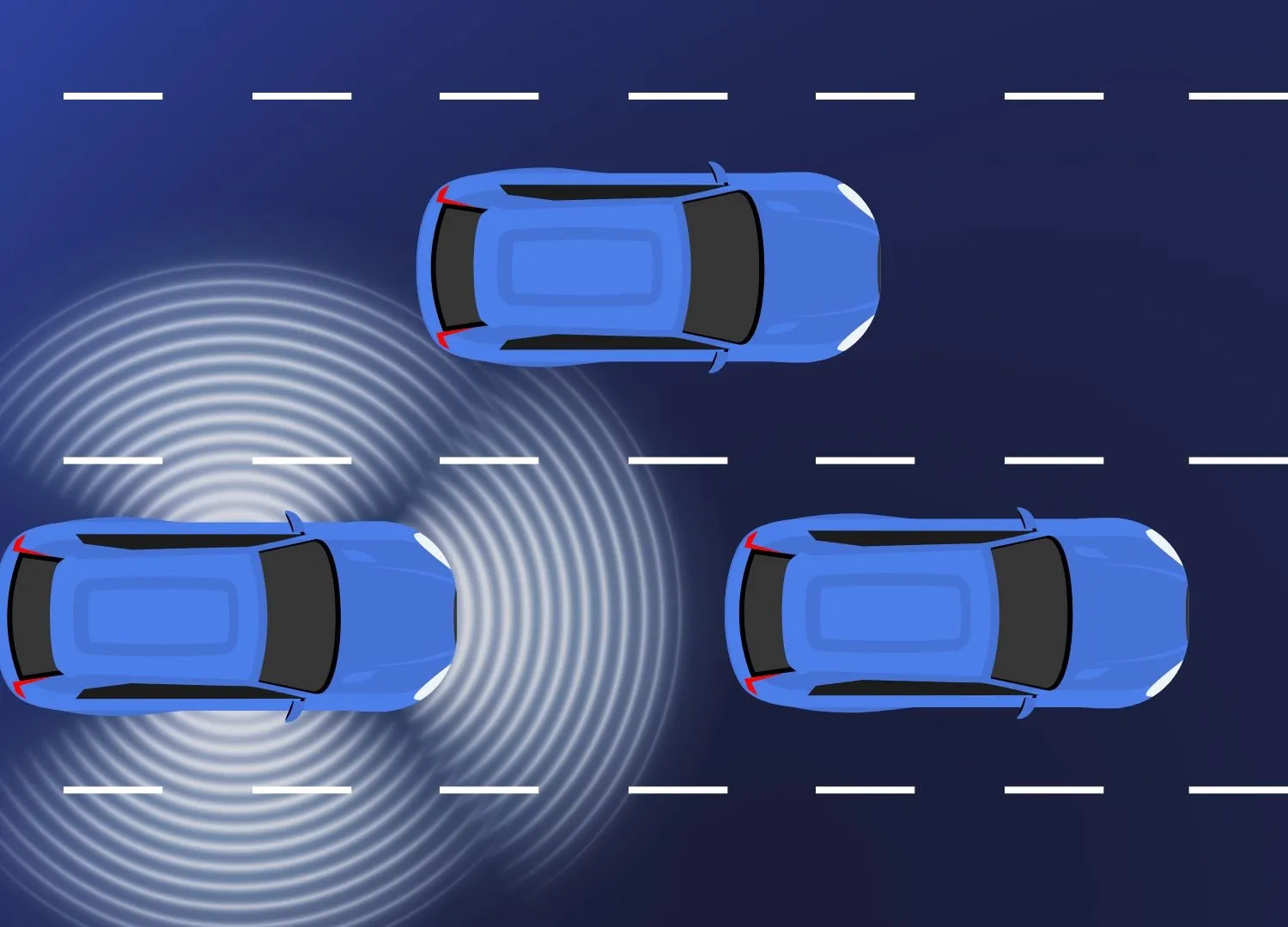The new release of PTV’s transport planning software, PTV Visum 15, is said to set new standards in multimodality and allow even more sustainable transport planning. New functions available in the software include the ability to analyse the demand, quantity and placement of park and ride (P+R) sites, enabling users to evaluate existing and future capacities. To allow users to model cycle and vehicle route-planning, PTV has enhanced the stochastic assignment so that path-level impedance elements can now be r
October 19, 2015
Read time: 2 mins
The new release of 3264 PTV’s transport planning software, PTV Visum 15, is said to set new standards in multimodality and allow even more sustainable transport planning.
New functions available in the software include the ability to analyse the demand, quantity and placement of park and ride (P+R) sites, enabling users to evaluate existing and future capacities.
To allow users to model cycle and vehicle route-planning, PTV has enhanced the stochastic assignment so that path-level impedance elements can now be reflected in the path choice.
The new ‘tour-based freight’ module is based on the savings algorithm applied in the logistics sector, in which potential cost savings are evaluated by creating tours and defining their internal order. Tailored to logistical needs in an urban context it closes the gap between private and commercial transport. Users can now integrate relevant logistics concepts into their strategic traffic models.
In addition, scenario management has been refined to enable teams to collaborate more closely, making it easier for planners to exchange projects with one another, to use password verification and make their work visible externally, allowing planners to share certain parts of their public transport network – without losing the ownership of their data.
New functions available in the software include the ability to analyse the demand, quantity and placement of park and ride (P+R) sites, enabling users to evaluate existing and future capacities.
To allow users to model cycle and vehicle route-planning, PTV has enhanced the stochastic assignment so that path-level impedance elements can now be reflected in the path choice.
The new ‘tour-based freight’ module is based on the savings algorithm applied in the logistics sector, in which potential cost savings are evaluated by creating tours and defining their internal order. Tailored to logistical needs in an urban context it closes the gap between private and commercial transport. Users can now integrate relevant logistics concepts into their strategic traffic models.
In addition, scenario management has been refined to enable teams to collaborate more closely, making it easier for planners to exchange projects with one another, to use password verification and make their work visible externally, allowing planners to share certain parts of their public transport network – without losing the ownership of their data.










